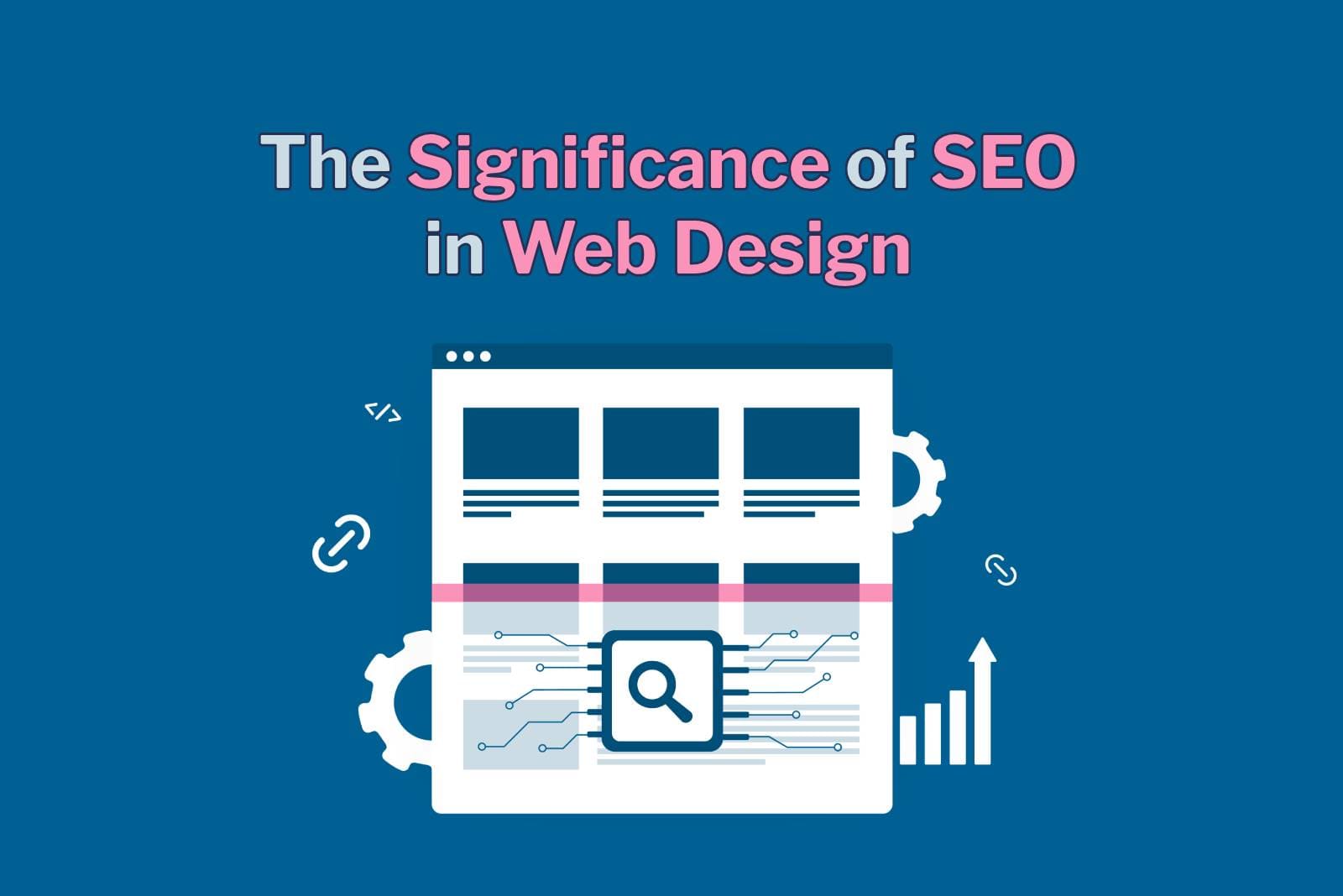
In today’s digitally-driven world, having a visually appealing website is no longer enough to stay competitive. With billions of websites vying for attention on the internet, merely having an online presence won’t guarantee success. To truly stand out and attract your target audience, incorporating Search Engine Optimization (SEO) into your web design is paramount.
In this article, we’ll explore the significance of SEO in web design and how it can pave the way for your online success.
1. Visibility and Search Ranking
The primary goal of SEO is to enhance a website’s visibility on search engine results pages (SERPs). When potential customers search for products, services, or information related to your industry, you want your website to appear on the first page of search results. Statistics show that the vast majority of clicks go to the top few results, making it crucial to optimize your website effectively.
By integrating SEO principles into your web design, you can ensure that search engines can easily crawl and index your site’s pages. Properly optimized meta tags, title tags, headings, and structured data all contribute to a higher search ranking. This increased visibility translates into higher organic traffic, which, in turn, can lead to more leads and conversions for your business.
2. User Experience and Engagement
User experience and engagement are two fundamental aspects that can make or break a website’s success. User experience refers to the overall satisfaction and ease of interaction that visitors have when navigating a website. It involves creating an intuitive and visually appealing interface, ensuring swift loading times, and delivering valuable content. On the other hand, user engagement goes beyond mere interaction; it measures how actively and meaningfully users interact with the website’s content.
A successful website captivates its audience, encourages them to explore more, and prompts them to take desired actions, such as subscribing, purchasing, or sharing the content. Achieving a seamless blend of user experience and engagement is essential for businesses seeking to build lasting relationships with their audience, enhance their online reputation, and drive meaningful conversions.
3. Mobile Responsiveness and Accessibility
In the mobile era, having a mobile-responsive website is non-negotiable. Mobile devices now account for a significant portion of web traffic, and search engines prioritize mobile-friendly websites in their rankings. By incorporating responsive design principles, your site will adapt seamlessly to various screen sizes, providing a consistent user experience regardless of the device.
Moreover, accessibility is another crucial aspect of web design that affects SEO. An accessible website ensures that all users, including those with disabilities, can access and navigate your content. Search engines also consider accessibility factors when ranking websites, making it an essential element of your SEO strategy.
4. Faster Page Loading Times
In today’s fast-paced digital landscape, users expect websites to load quickly. Slow-loading pages can lead to high bounce rates and frustrated visitors, negatively impacting your search rankings. Search engines prioritize websites that provide a smooth and swift browsing experience.
Optimizing your website’s images, leveraging browser caching, and using a Content Delivery Network (CDN) are some effective ways to improve page loading times. A faster website not only pleases search engines but also enhances user experience and encourages them to stay on your site longer.
5. Sustainable Organic Traffic and Cost-Effectiveness
While paid advertising can bring immediate traffic to your website, it can be costly and may not provide sustainable results. In contrast, SEO lays the foundation for long-term organic traffic. Once your website gains a solid position in search rankings, it can attract a consistent flow of visitors without ongoing advertising expenses.
In the long run, investing in SEO during web design can be a cost-effective strategy for your online presence. As your organic traffic grows, you’ll have a more substantial audience base to convert into loyal customers.
Conclusion
SEO has evolved from being an afterthought to becoming an integral part of web design. The significance of SEO in web design cannot be overstated. By incorporating SEO principles right from the outset, you can create a website that not only captivates users with its aesthetics but also attracts organic traffic and ranks favorably on search engines. Embrace the power of SEO in your web design, and you’ll pave the way to online success for your business.

